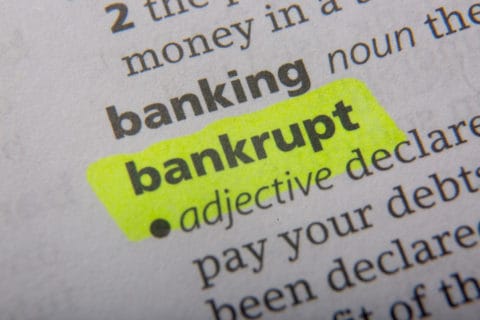Secured vs. Unsecured Debts
As you navigate the bankruptcy process, you will likely hear the terms secured and unsecured debt used by your attorneys. Knowing the difference between these two types of debts can help you understand how your assets will be handled when you choose to file either a Chapter 7 or a Chapter 13 bankruptcy petition. The main difference between these two types of debt is that secured debt has a particular asset pledged to your loan obligation while unsecured debt does not.
The most common examples of secured debt include car loans and mortgage loans. In each of these loan agreements, either the house or the car is pledged as collateral in the event that you do not meet your monthly loan obligations. As a result, your creditor is legally permitted to repossess the asset of your secured loan if you begin to fall behind on your loan payments. When the creditor collects the asset, it is commonly referred to repossession of your car or the foreclosure of your house.
Contacting a bankruptcy attorney can help stop a foreclosure or the sale of your assets.

